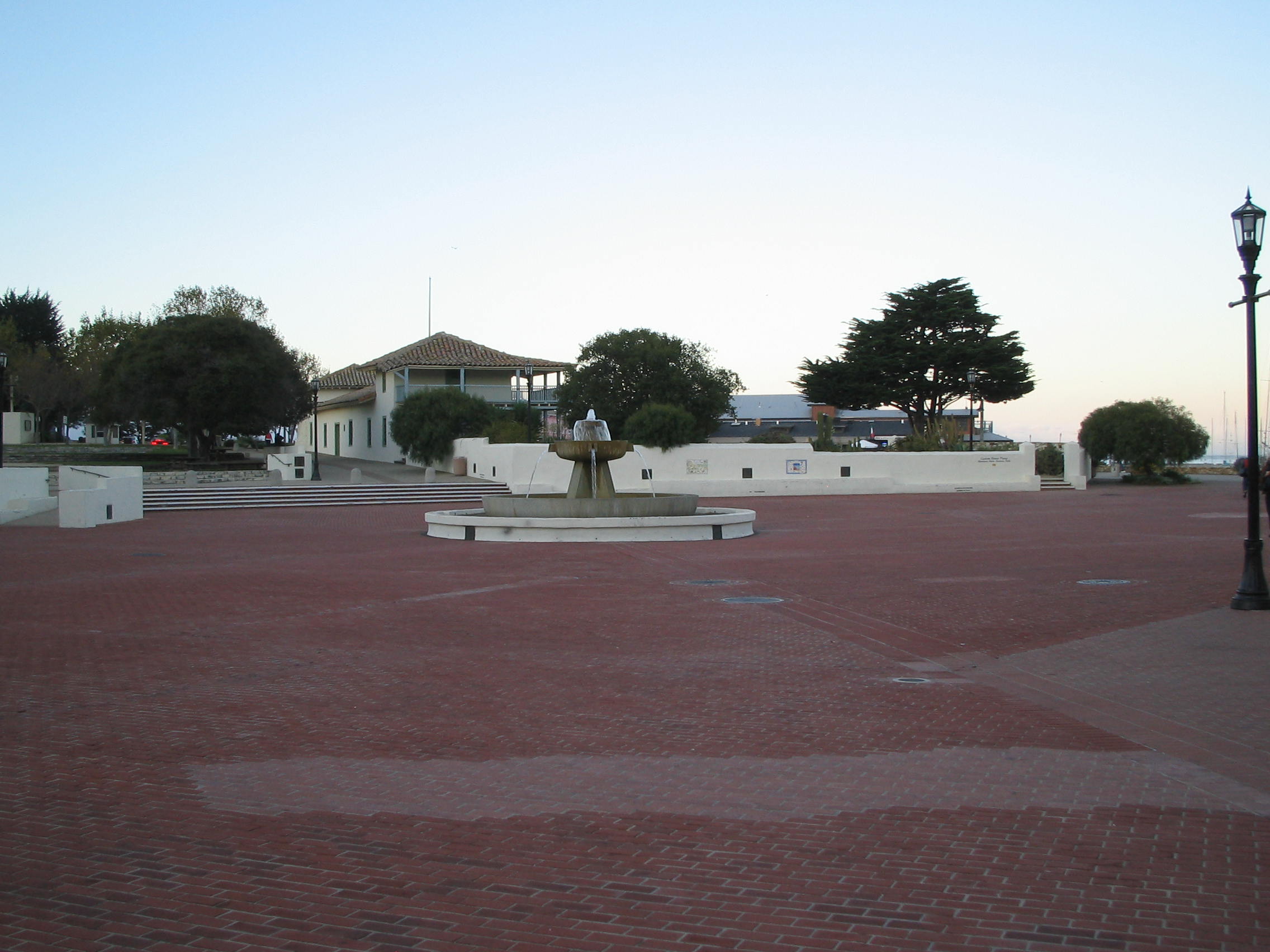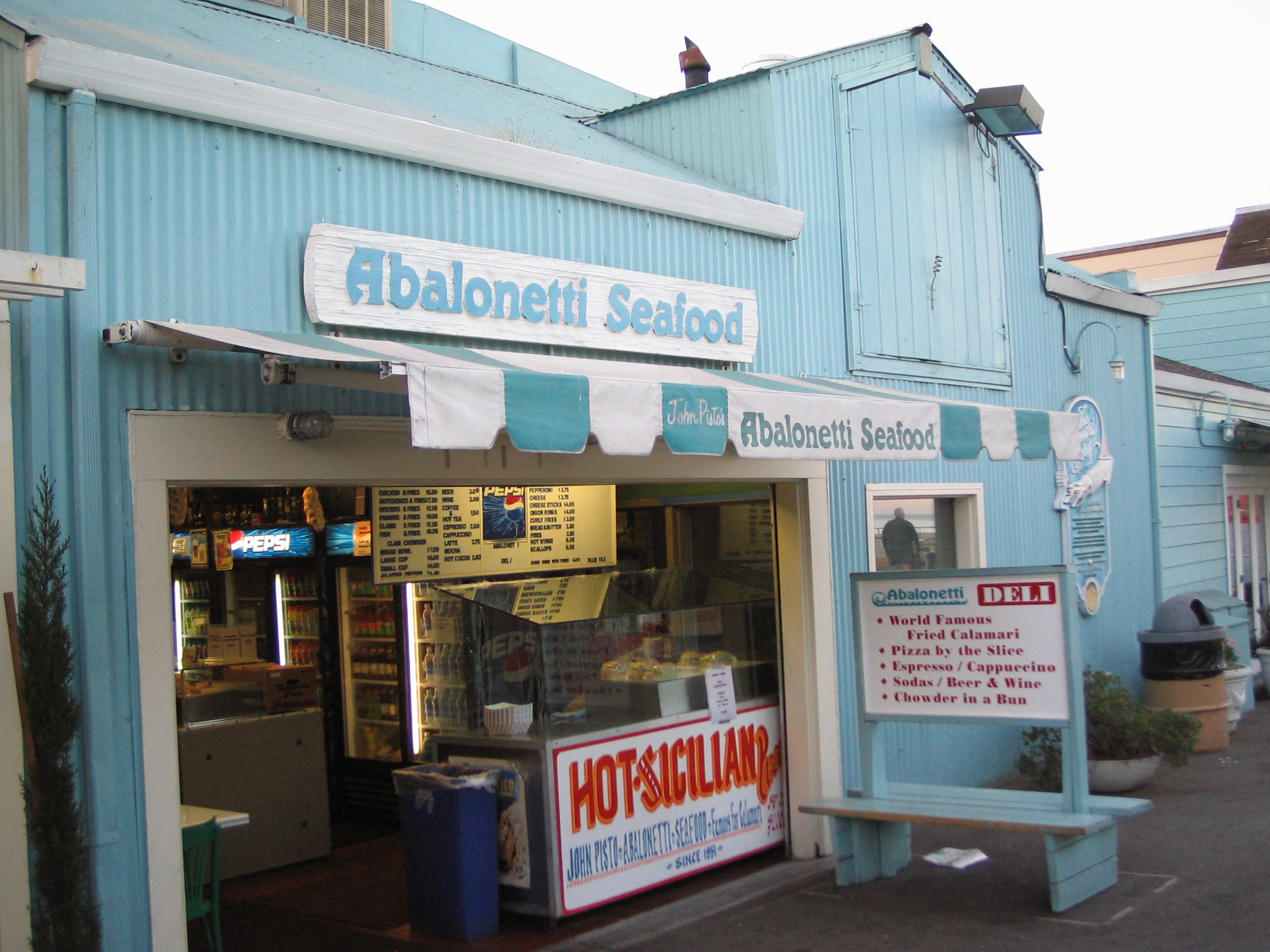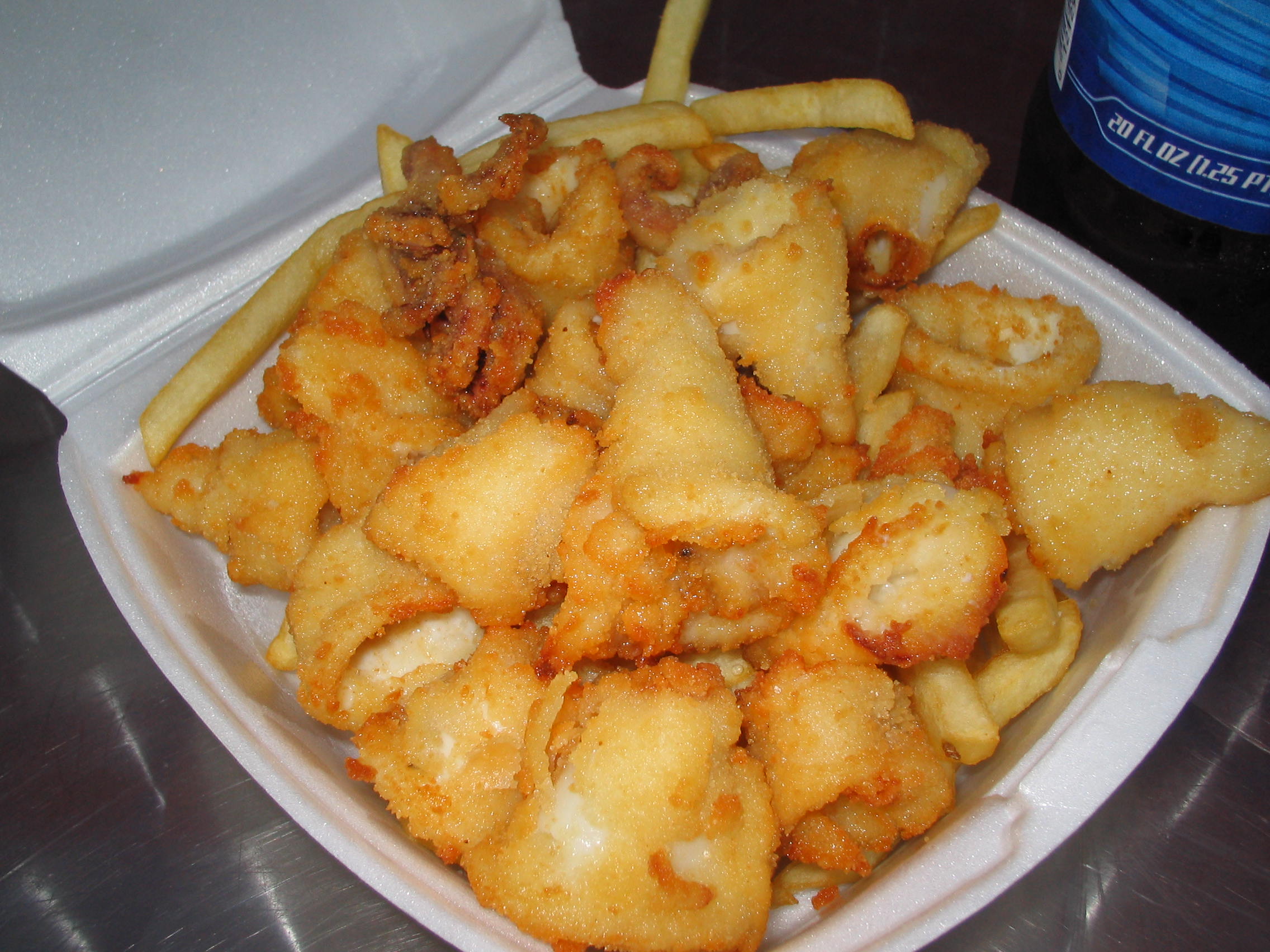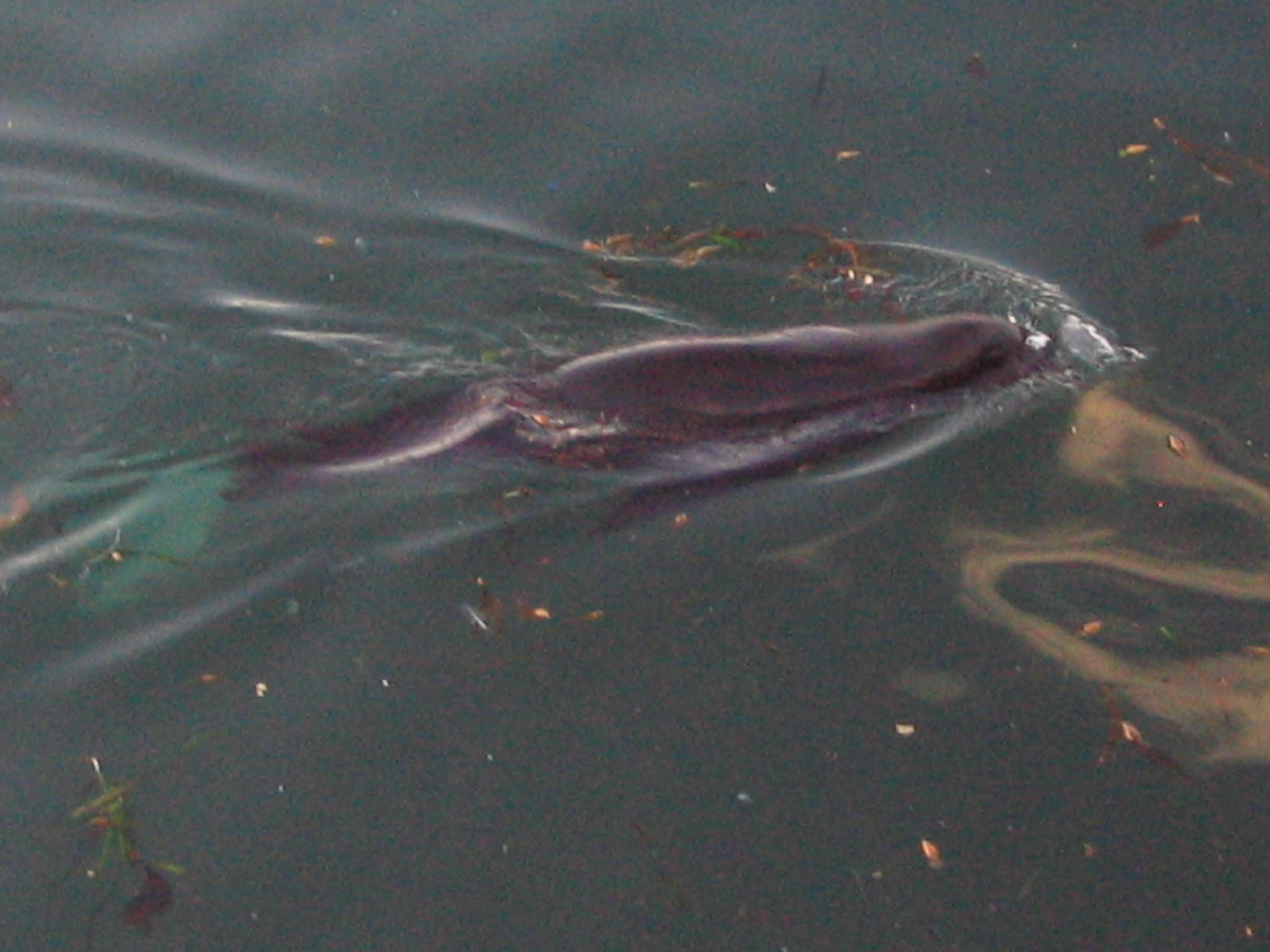On day 2 of the conference, I attended a session on flickr, the photo sharing website that was acquired a while back by Yahoo!
I’ve never payed much attention to flickr. For my own personal websites I have gallery programs running on my server. Because these have proven adequate, flickr really never got my attention. But as the session started, it was made clear to me that flickr is much more than just photo sharing. It is a full blown social networking site, using images as the main content and the “draw” to get people in.
So here are a few cool things about flickr.
- Very easy to set up an account. In fact, if you have a Yahoo! Mail or My Yahoo! account, you already have an account on flickr. You just need to log in to finish your profile.
- Because of the flickr API (see more about APIs below), there are many 3rd party sites that use flickr for additional functionality. More on this in a bit — it is really cool.
- Users can associate tags with their photos, and the whole system is searchable by tags. Search flickr by the tag “IL2006” and you’ll see that this was a very photographed conference.
- flickr includes comments and comment tracking. In many pieces of social software, including this one, there is often very useful information in the comments, which are often running conversations.
- flickr supports “sets” of photos within an account. Very cool, and potentially useful for library images.
- Each image has its own URL and webpage, so you can link directly to the images.
- Includes RSS feeds for photo streams, so you can use RSS tools to aggregate images.
- Many blogging systems, including this one (Word Press) include widgets with which you can add your most recent flickr images to your page. I set this up by uploading a few photos. Really cool.
Besides people of every age and walk of life, many libraries are using flickr in various ways. Just sitting there, I began to think of potential uses for our public library, such as event photo albums, various kinds of digital photography contests and shows for our patrons, bibliographic instruction sessions on the use of flickr, etc.
OK, a bit of semi-technical info. I mentioned that flickr works well with other sites and software, enabling many 3rd party sites to use flickr’s functionality. This is due to flickr’s API, or Application Programming Interface. An API is part of an application’s code that allows it to talk to other applications. For example, it can allow flickr to exchange information, on a machine-to-machine level, with other websites. This allows the development of hybrid products, sometimes called “mashups”.
This story from the official IL2006 blog includes links to several very cool mashups using the flickr and Google APIs. By tagging your photos in flickr with specific geospatial coordinates, you can then use Google Maps to do some cool things.
My point here is that because the flickr API is available, many creative people are using flickr in ways that Yahoo! may not have anticipated. Each new application of flickr makes it more useful, drawing in additional users and increasing the database of images and the social network. And the virus spreads…
So now a little editorial. Web services like flickr are where our patrons are going on the web. A library system can spend the time and money to build its own photo gallery, but that gallery will be an isolated island on the ‘net. It is much smarter to use flickr and similar services to meet our patrons where they are. This not only allows us to interact with our patrons more effectively, but also gives us much greater flexibility, since we’re no longer married to expensive systems we’ve invested in.





